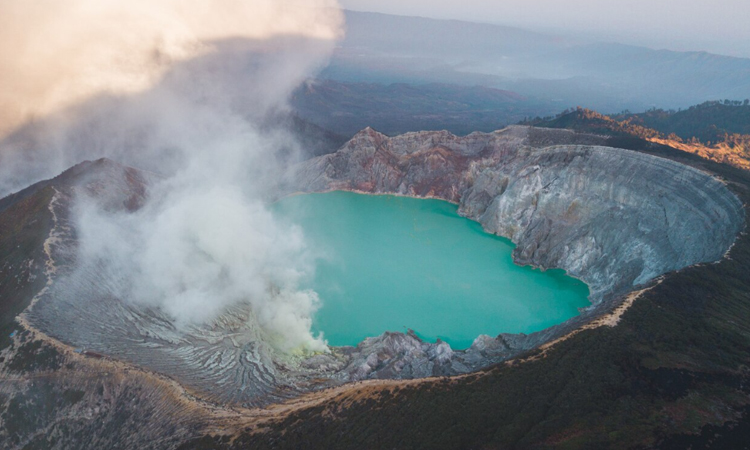Geothermal energy is a fascinating and sustainable way to harness the Earth’s natural heat to generate electricity and provide heating and cooling. This form of renewable energy utilizes the Earth’s internal warmth to produce power without burning fossil fuels. In this article, we’ll explore geothermal energy from a professional perspective while making it easy to understand.
Unveiling the Earth’s Heat
- The Earth’s Heat Source: Beneath the Earth’s surface, there’s a vast reservoir of heat. This heat originates from the planet’s formation and the natural decay of radioactive materials deep within the Earth.
- Accessing Geothermal Energy: To access this underground heat, we drill wells deep into the Earth’s crust, where temperatures increase the farther down, we go. The Earth’s hot interior rocks and water at these depths hold an immense amount of thermal energy.
- Heat Transfer: Geothermal power plants use heat exchangers to transfer the Earth’s thermal energy to a fluid (usually water or a special type of liquid). As this fluid circulates, it absorbs heat from the Earth.
- Generating Electricity: The hot fluid is pumped to the surface and directed towards a geothermal power plant. There, the heat energy is used to produce steam from water. This steam powers turbines connected to generators, producing electricity. The cooled fluid is then returned to the Earth to begin the cycle anew.
Types of Geothermal Energy
- Electricity Generation: This is the most common application of geothermal energy, where the heat from the Earth is converted into electricity.
- Direct Use: In some regions, geothermal water at moderate temperatures is used directly for heating homes, businesses, and even greenhouses. It’s an eco-friendly alternative to traditional heating methods.
- Geothermal Heat Pumps: These systems use the Earth’s constant underground temperature to provide efficient heating and cooling for buildings. They are highly energy-efficient and environmentally friendly.
Benefits of Geothermal Energy
- Renewable and Sustainable: Geothermal energy is renewable because the Earth’s heat is essentially inexhaustible on human timescales.
- Environmentally Friendly: It produces very low greenhouse gas emissions compared to fossil fuels, contributing to a cleaner planet.
- Consistent and Reliable: Unlike some other renewable sources like wind and solar, geothermal energy is available 24/7, making it a reliable energy source.
- Local Energy Production: It reduces dependence on imported fossil fuels, promoting energy independence.
- Long Lifespan: Geothermal power plants have a long operational lifespan and require minimal maintenance.
Geothermal energy is a remarkable way to tap into the Earth’s natural heat and transform it into electricity, heating, and cooling. It offers a sustainable, environmentally friendly, and reliable energy source that plays a vital role in our transition to cleaner energy options. By understanding the principles of geothermal energy, we can appreciate how it harnesses the Earth’s hidden warmth to power our homes and industries while reducing our carbon footprint.
Next On Your Reading List:


